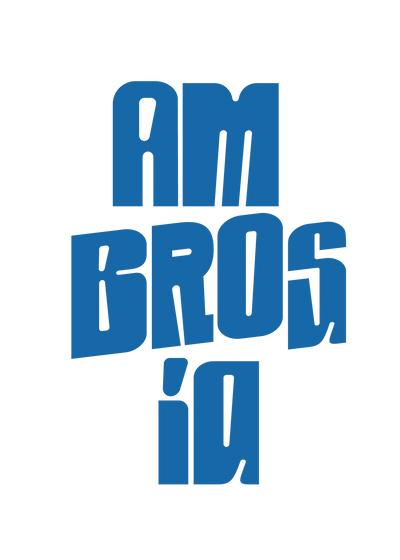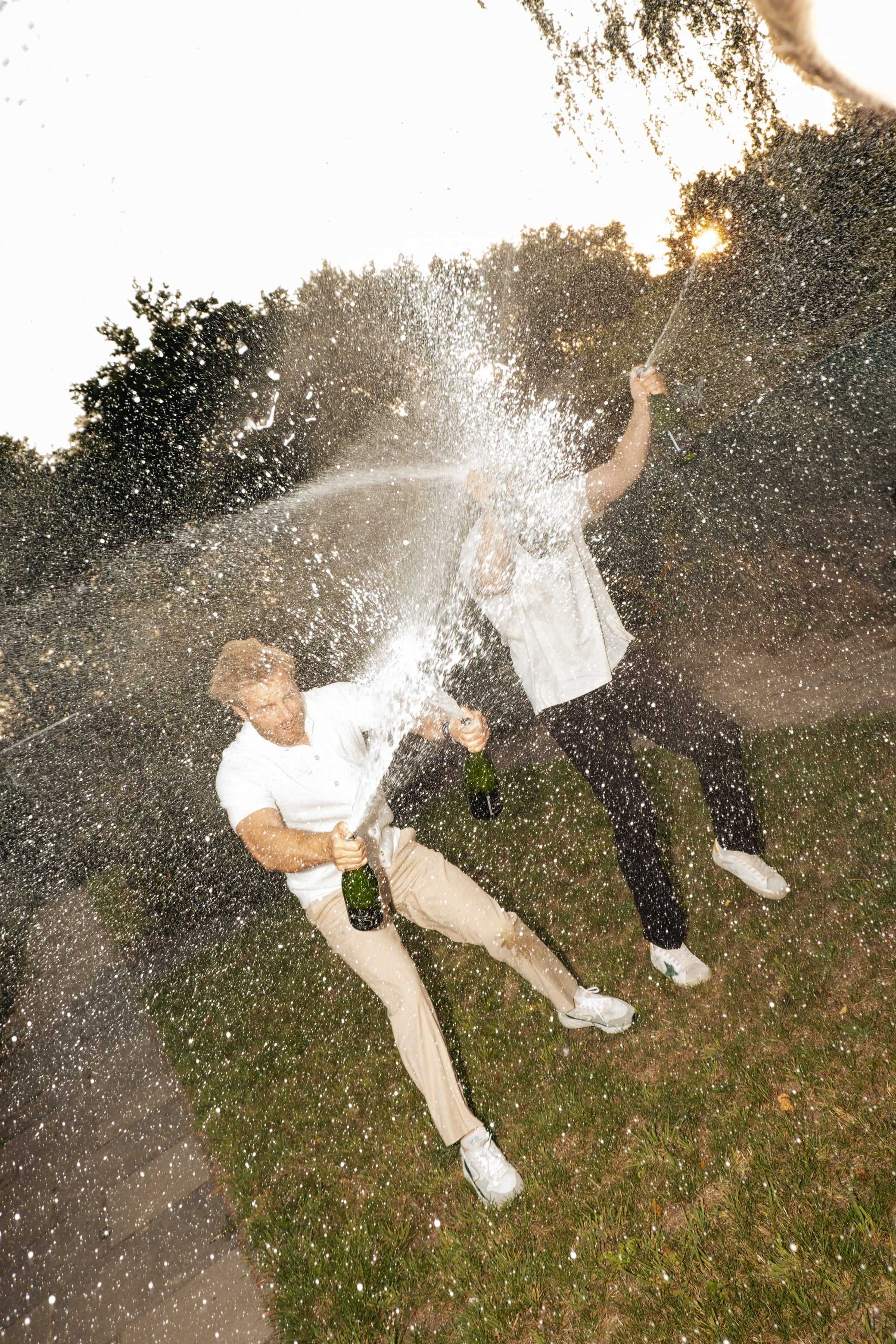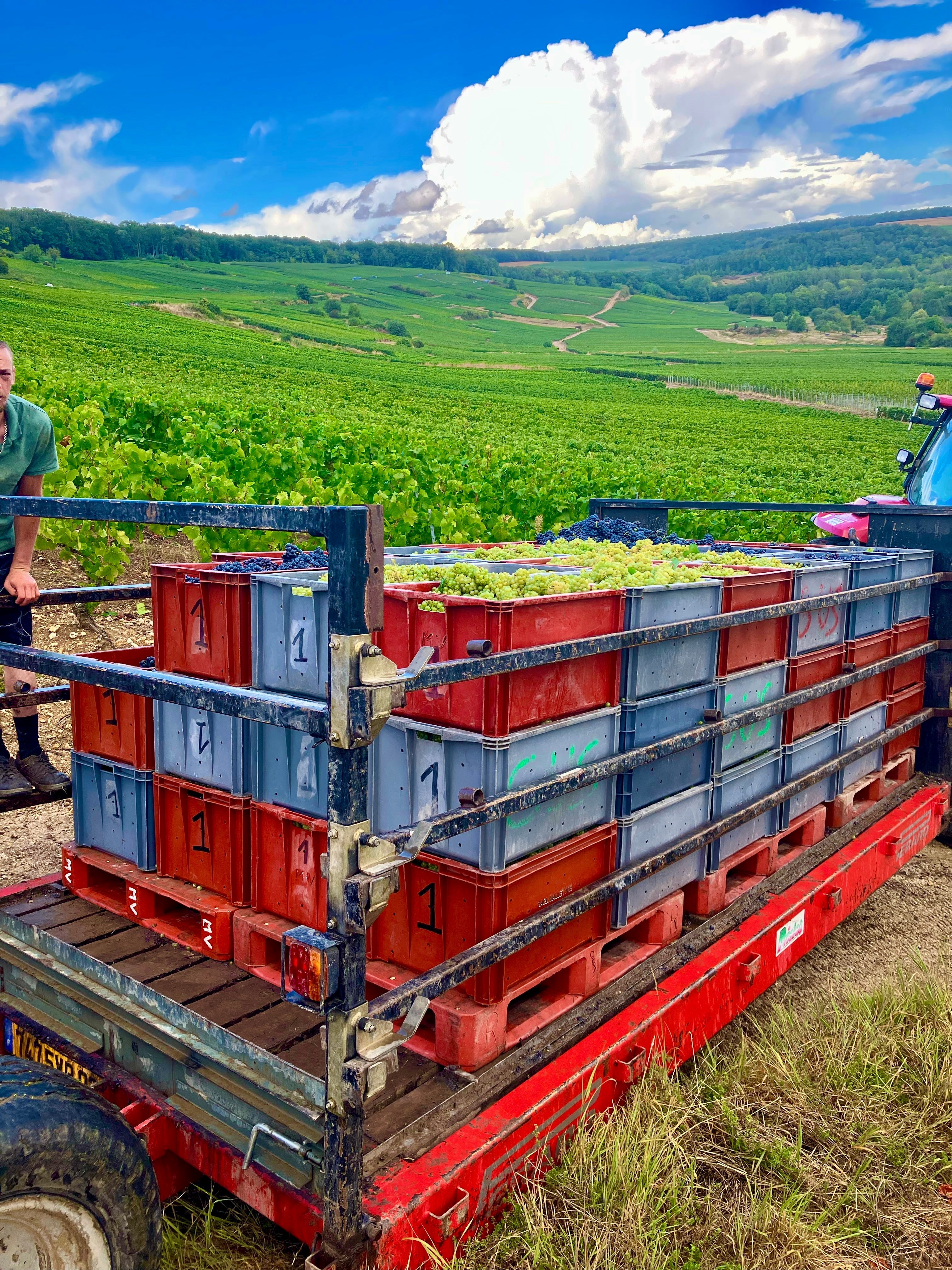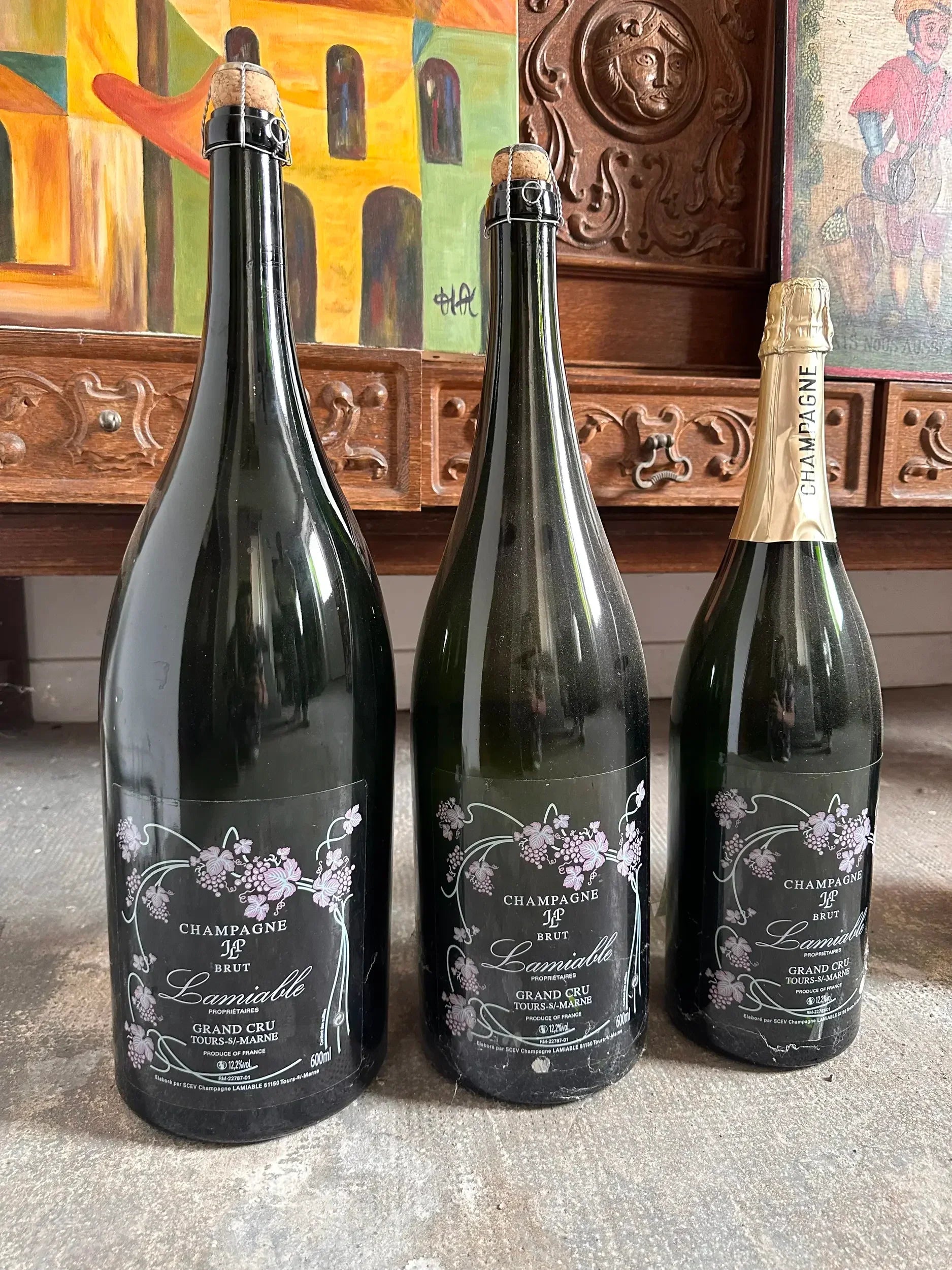The origins of champagne are a story of adventure, discovery, and a bit of luck. It begins in the Champagne region of France, where winemaking traditions date back centuries. In the early 17th century, winemakers in the region accidentally discovered a magical process: fermenting wine in bottles, which resulted in the sparkling bubbles we know today as champagne.
Originally, the fermentation process wasn't always desirable, and the bubbles were often seen as a defect. But over the years, winemakers learned to control the fermentation process, and champagne soon became a luxury product, beloved by the royal and aristocratic circles of Europe.
The best-known story is that of Dom Pérignon, a monk associated with the "discovery" of champagne. While he was probably not the first to discover the bubbles in wine, he played a crucial role in refining the production process. He worked on improving the quality of the grapes and finding the best way to preserve the bubbles.
By the 18th century, champagne was fashionable, and from that point on, the Champagne region began to establish its status as the center of global champagne production. Today, champagne is not only a symbol of luxury and celebration but also a product of centuries-old tradition and craftsmanship.




